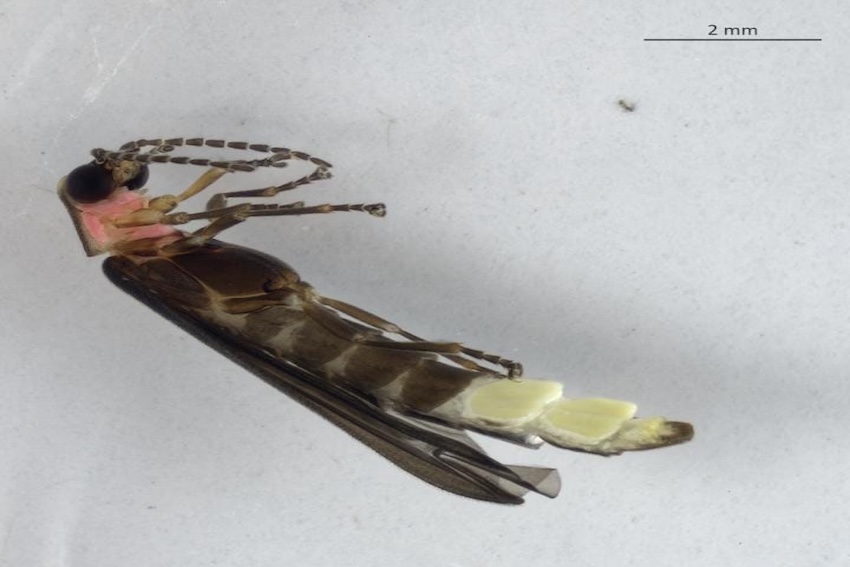A new species of firefly has been discovered in Chapultepec Forest, and residents of Mexico City and beyond are being asked to help give it a name.
The find emerged from the 2024 BioBlitz, a local scientific and citizen observation project in Chapultepec Forest — the historical and more ecologically focused name for the monumental green space in the nation’s capital that has been developed into Chapultepec Park.
Researchers confirmed that specimens from the genus Photinus collected in the forest did not match any known species.
With this addition, announced last week by officials from Mexico City’s Environment Ministry (Sedema), the capital now counts 17 firefly species — among the 300 or so in all of Mexico.
To mark the discovery, the city has launched a public vote to decide the insect’s scientific name. People can cast ballots through Sunday, Oct. 5 on the Plaza Pública platform.
The name options draw from the legacies of five Mexican women who “illuminated the country’s history with their wisdom, strength and legacy,” as noted by Sedema.
The ballot “Mexican Women Who Enlighten Us” consists of:
- Irene Elena Motts Beal: A 20th-century pioneer in the teaching of biology who created natural science textbooks.
- Magdalena Cervantes Castañeda: An Indigenous teacher with a vast knowledge of medicinal plants and a teaching methodology that encourages her students to become teachers.
- Malinalli Tenepal: A slave in the early 1500s whose talent for languages enabled her to be a translator and mediator between the Mesoamerican peoples and Hernán Cortés.
- María Sabina: A well-known healer in the early 20th century with a deep knowledge of traditional medicine.
- Rosario Castellanos: One of the most important Mexican poets and essayists of the 20th century.
The name of the winner will be adapted in the official species name of the insect, such as Photinus irenemottsae or Photinus malinalliae.

In 2023, astronomer and science communicator Julieta Fierro was chosen to give her name to a species of firefly, Pyropyga julietafierroae.
Mexico ranks second in the world for firefly diversity, with about 300 documented species, though eight in 10 Mexicans under 25 have reportedly never seen a firefly.
Fireflies face mounting threats across the country. Researchers warn that populations have been falling due to climate change, loss of humidity in soils, pesticide use and habitat destruction. Additionally, light pollution is a growing concern in urban zones, as it specifically disrupts firefly mating signals.
Chapultepec Forest remains one of the last refuges in the capital where summer rains bring visible swarms of bioluminescent beetles — luciérnaga in Spanish, meaning firefly or lightning bug in English — signaling ecosystem health.
Scientists stress that protecting firefly habitats in Chapultepec Park and the nation’s other firefly hotspots — such as areas in the states of Tlaxcala, Michoacán and Puebla — is the most effective way to ensure fireflies continue to illuminate Mexico’s nights.
For more information about the discovery and the vote, visit this Sedema website.
With reports from Animal Politico, Excélsior and El Sol de México
